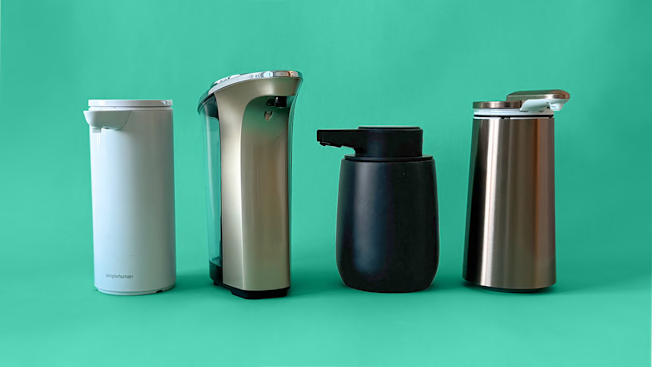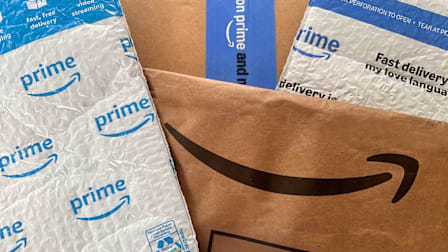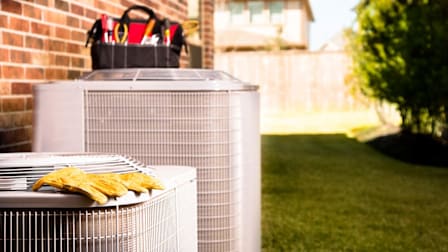Best Automatic Soap Dispensers
These are the dispensers that didn’t drip, were easy to use (even for kids), and looked great in our bathrooms
When you shop through retailer links on our site, we may earn affiliate commissions. 100% of the fees we collect are used to support our nonprofit mission. Learn more.

If you’re looking for a low-mess, automatic way to dispense hand soap and you’d like to limit the viruses, germs, and bacteria you come into contact with daily, automatic soap dispensers are worth considering.
- The Dispensers: Top Performers Liquid vs. Foam Soap Exposure to Viruses




















